What can we learn from RED Digital Cinema’s lawsuits? We’re referring to two lawsuits although there’re more. The most relevant ones are Kinefinity and Nikon. What’re the differences between them? How many patents are involved? Can RED win? Let’s talk a bit about the patent war for raw (backward of war :-))
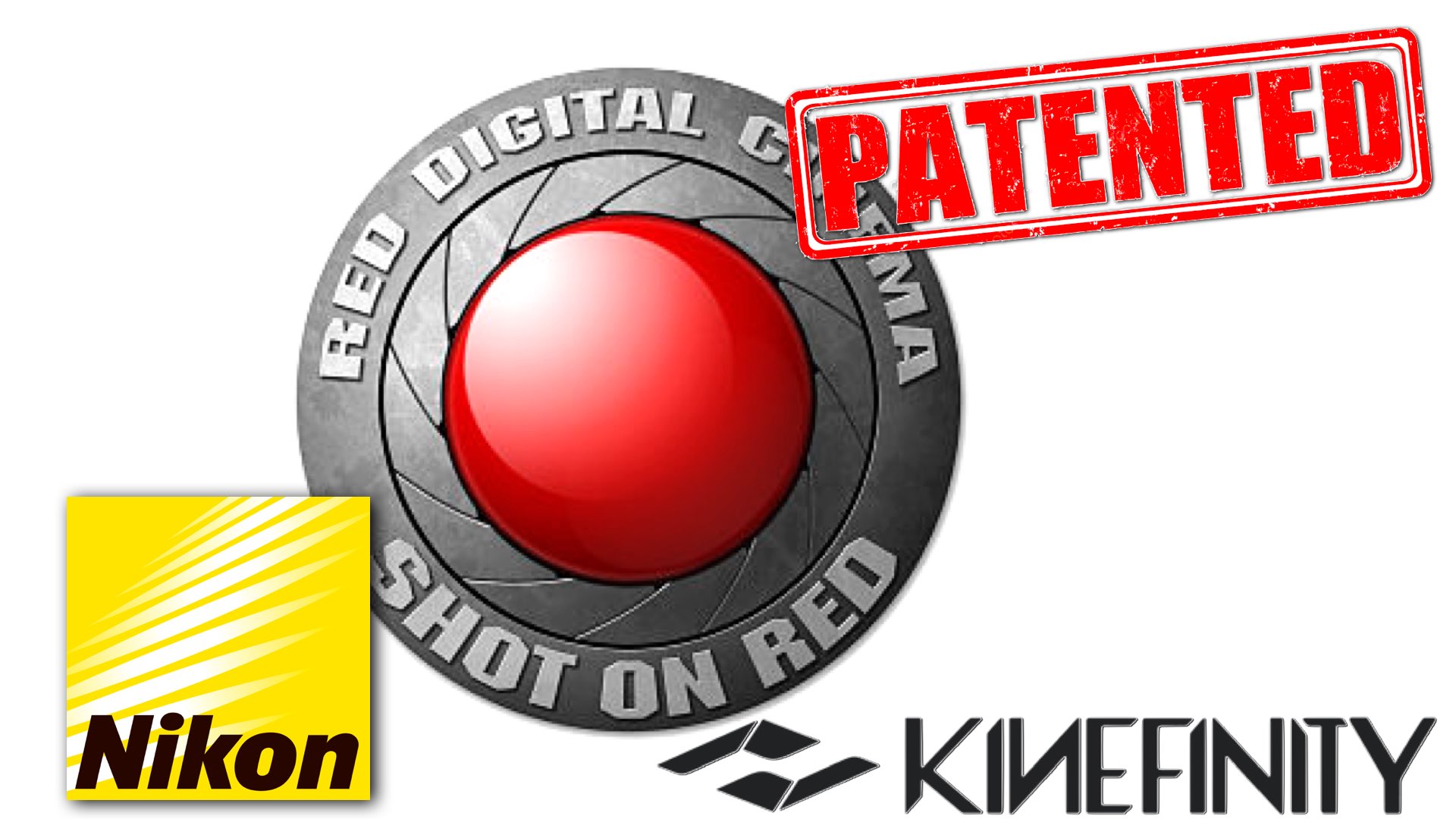
RED against Kinefinity: Codecs
RED filed a lawsuit against Kinefinity back in January 2021. The legal procedure took more than eight months, and resulted in “Voluntary Dismissal Filed by Plaintiff RED.com, LLC. Dismissal is without prejudice”. RED has sued Kinefinity on patent infringement regarding Kinefinity’s compressed codecs: KineRAW and CinemaDNG. The lawsuit was filed before the launch of Kinefinity’s flagship, the MAVO Edge 8K. The camera was supposed to be able to record ProRes RAW internally, and most probably, RED wanted to prevent that. However, the codec ProRes RAW is not mentioned even once in the lawsuit document, and neither is the name Edge 8K. Nevertheless, as described in the document, RED aimed at the codecs CinemaDNG and KineRAW as infringements of its patent.
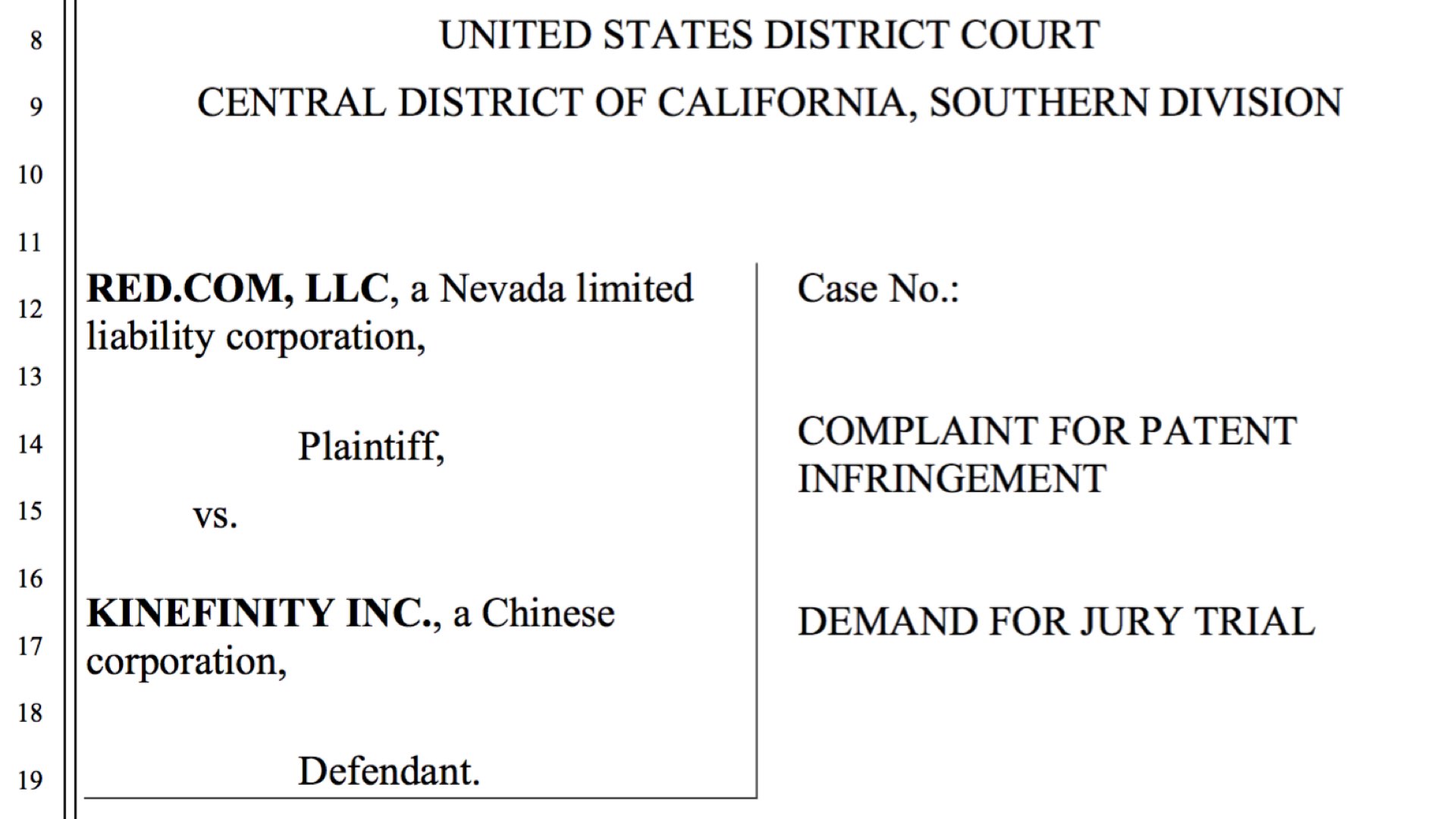
RED against Kinefinity: Patents involved
These are the patents RED claimed to be infringed by Kinefinity:
- U.S. Patent No. 8,174,560 (“’560 Patent”), issued on May 8, 2012 describing and claiming a “Video Camera.”
- U.S. Patent No. 9,230,299 (“’299 Patent”), issued on January 5, 2016, describing and claiming a “Video Camera.”
- U.S. Patent No. 9,245,314 (“’314 Patent”), issued on January 26, 2016, describing and claiming a “Video Camera.”
What are these patents? Well, we’re not going to deep dive into the technicals, but as stated in the document regarding the 560 patent: “For example, one claimed method relates to guiding light onto a light-sensitive device of a camera, converting the light into raw digital mosaiced image data having a horizontal resolution of at least 2k at a rate of greater than 23 per second, compressing the mosaiced image data such that it remains substantially visually lossless upon decompression and recording that compressed digital mosaiced image data at a rate of at least 23 frames per second onto a storage device of the camera”. Thus, all these are basically patents related to the compression of raw data.
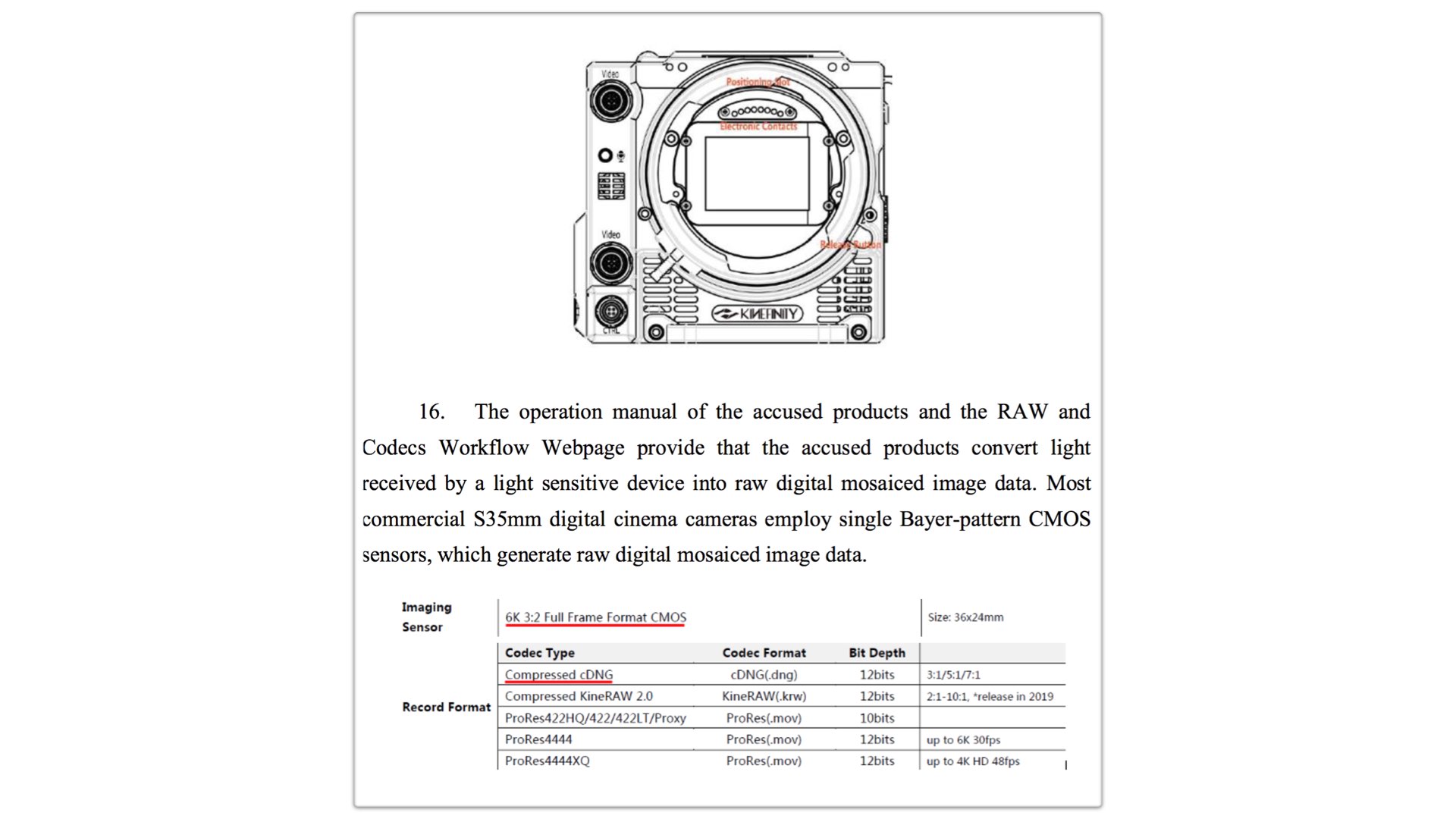
From Terra to Mavo: cDNG and KineRAW
Hence, RED has claimed that Kinefinity infringed these three patents, as stated in the lawsuit: “Kinefinity’s Mavo LF, Mavo 6K, and Terra 4K infringe the ‘560 patent when recording using the Cinema DNG format. Kinefinity’s Mavo LF, Mavo 6K Terra 6K, and Terra 4K infringe the ‘560 patent when recording using the KineRAW2.0 format. Kinefinity may introduce other formats in the future that may also infringe the ‘560; RED reserves the right to amend the complaint if additional formats are implemented…RED is informed and believes, and thereupon alleges, that Defendant has in the past infringed and is currently infringing the ‘560 patent, in violation of 35 U.S.C. § 271(a) by making, using, importing, offering to sell, and selling in the United States the Kinefinity Mavo LF, Mavo 6K, Terra 4K and/or Terra 6K products, to the extent they implement cDNG and/or KineRAW2.0 recording formats”.
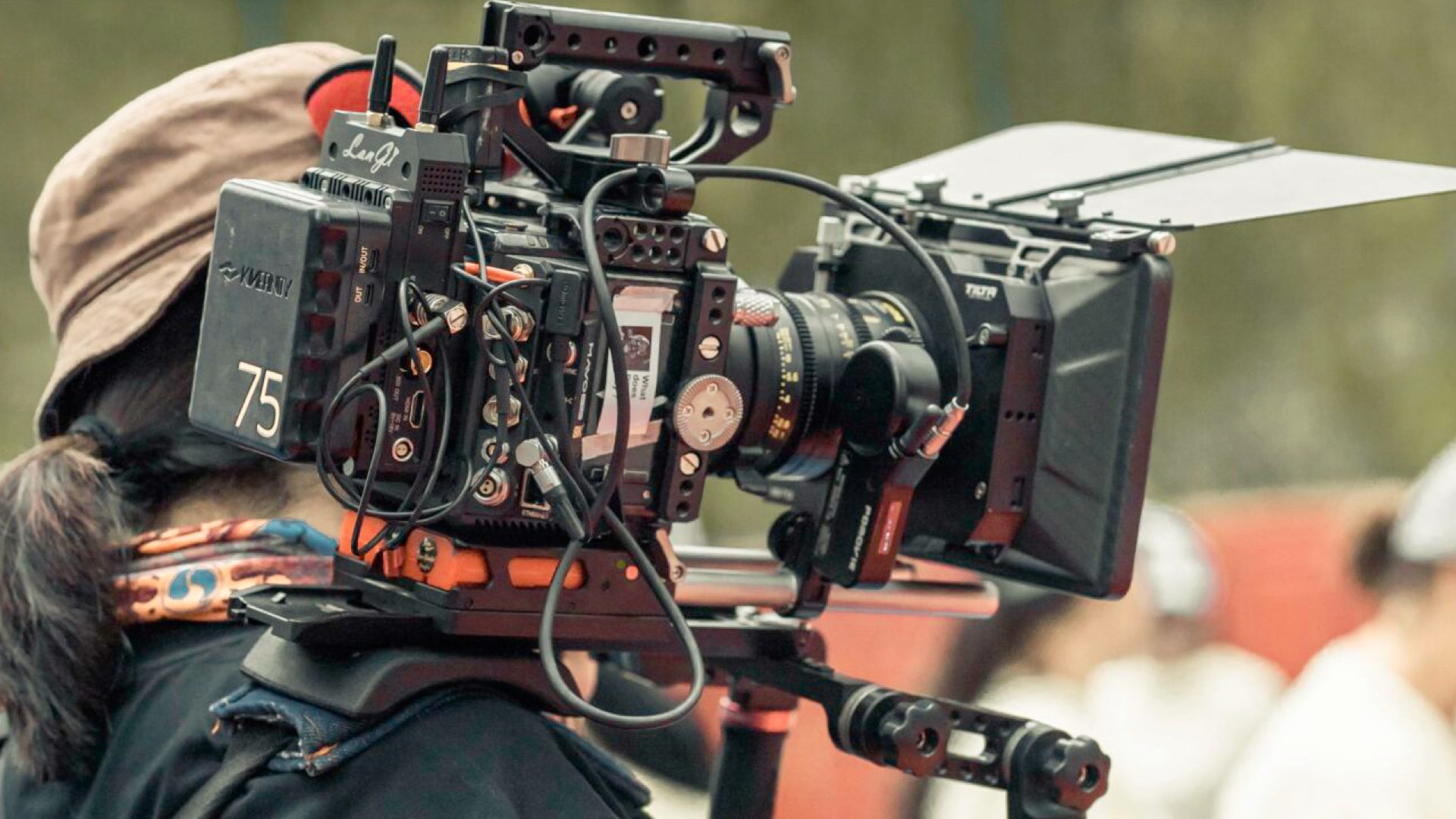
Kinefinity as a competitor
Also, it’s stated in the lawsuit that: “Kinefinity is a competitor of RED. Kinefinity sells its accused products in the same channels as RED. Kinefinity’s unauthorized, infringing sales are likely to cause irreparable harm to RED, which cannot be compensated by damages. Accordingly, RED seeks a preliminary and permanent injunction enjoining Kinefinity from making, using, offering to sell and selling its accused products”.
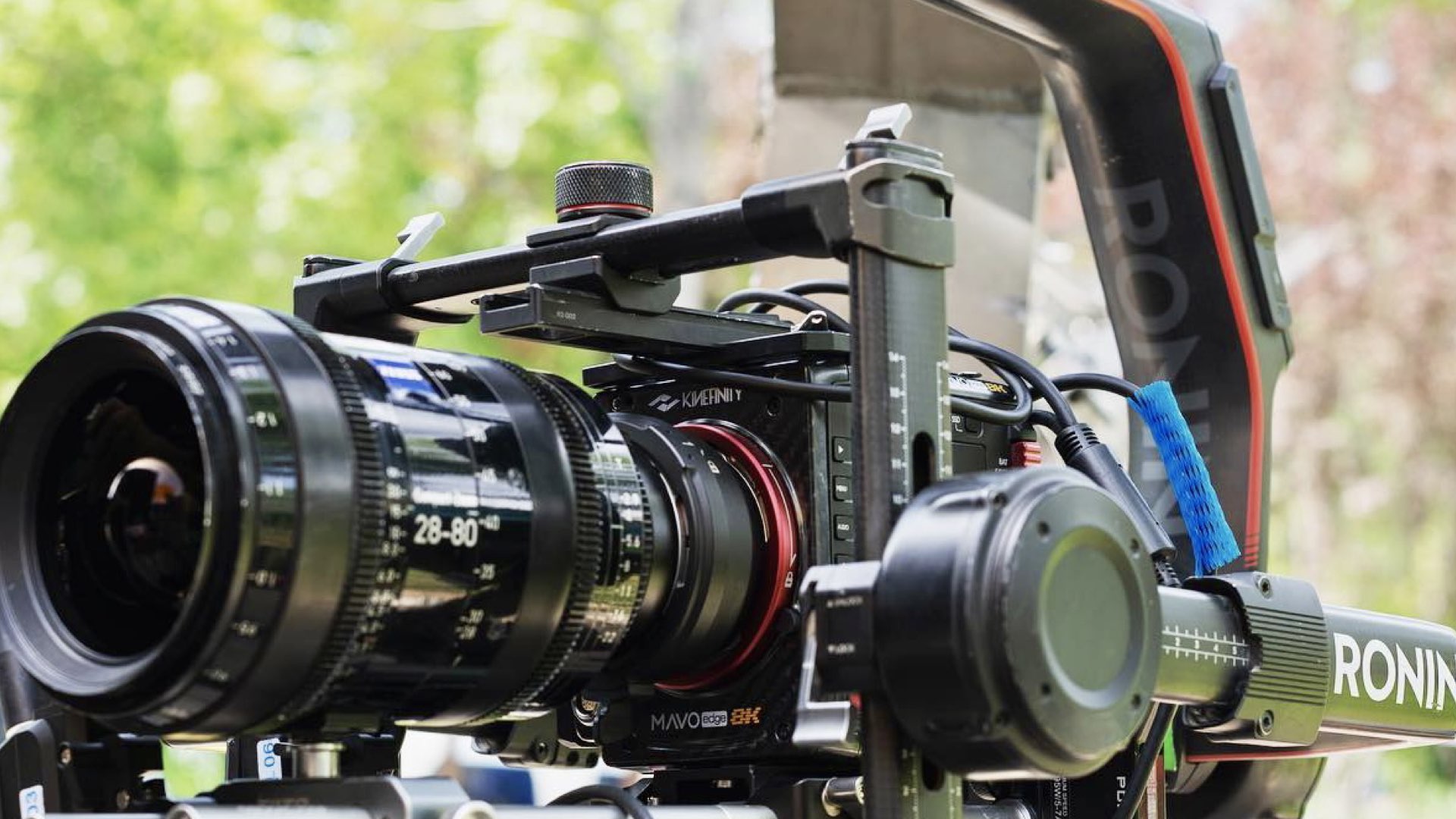
Termination and result of the lawsuit
Well, we all know what happened next. The Kinefinity MAVO Edge was released without its main feature, which is the ability to record ProRes RAW internally, even though this feature was not mentioned once in the lawsuit. Eventually, the case was closed as stated: “Voluntary Dismissal Filed by Plaintiff RED.com, LLC. Dismissal is without prejudice”. Now, let’s talk about Nikon.
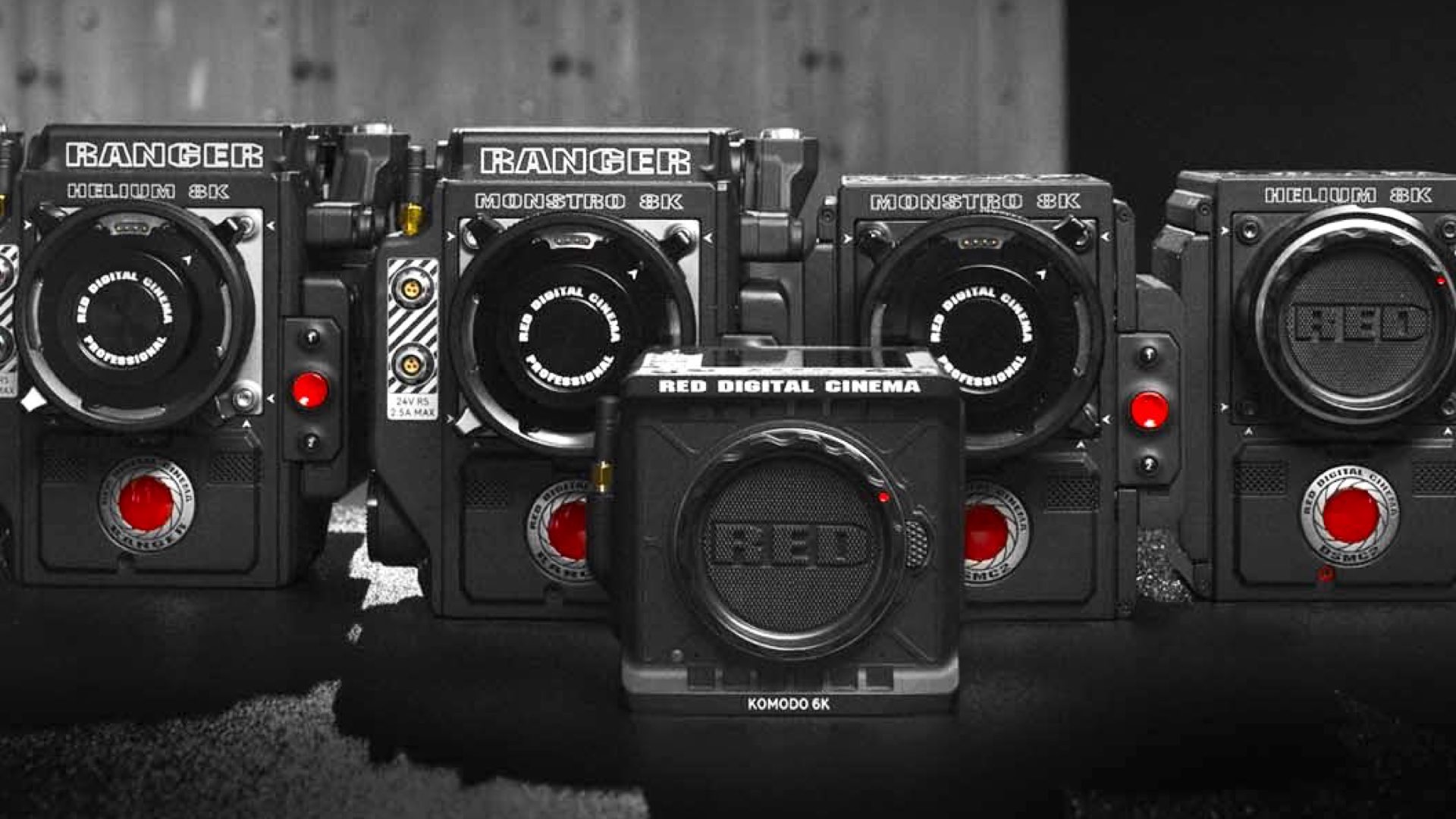
RED against Nikon
It seems that RED is attacking Nikon by using heavier guns. As mentioned above, in the case of Kinefinity, RED has claimed for three patents to be infringed. However, in Nikon’s lawsuit, RED claims for seven patents to be infringed. These are the RED’s patents mentioned in the lawsuit against Nikon:
- U.S. Patent No. 7,830,967 (the “’967 patent”), entitled “Video Camera.” It was issued on November 9, 2010.
- U.S. Patent No. 8,174,560 (the “’560 patent”), entitled “Video Camera.” It was issued on May 8, 2012.
- U.S. Patent No. 9,245,314 (the “’314 patent”), entitled “Video Camera.” It was issued on January 26, 2016.
- U.S. Patent No. 9,436,976 (the “’976 patent”), entitled “Video Camera.” It was issued on September 6, 2016.
- U.S. Patent No. 9,521,384 (the “’384 patent”), entitled “Green Average Subtraction in Image Data.” It was issued on December 13, 2016.
- U.S. Patent No. 9,716,866 (the “’866 patent”), entitled “Green Image Data Processing.” It was issued on July 25, 2017.
- U.S. Patent No. 10,582,168 (the “’168 patent,” and collectively with the patents discussed above, the “asserted patents”), entitled “Green Image Data Processing.” It was issued on March 3, 2020.
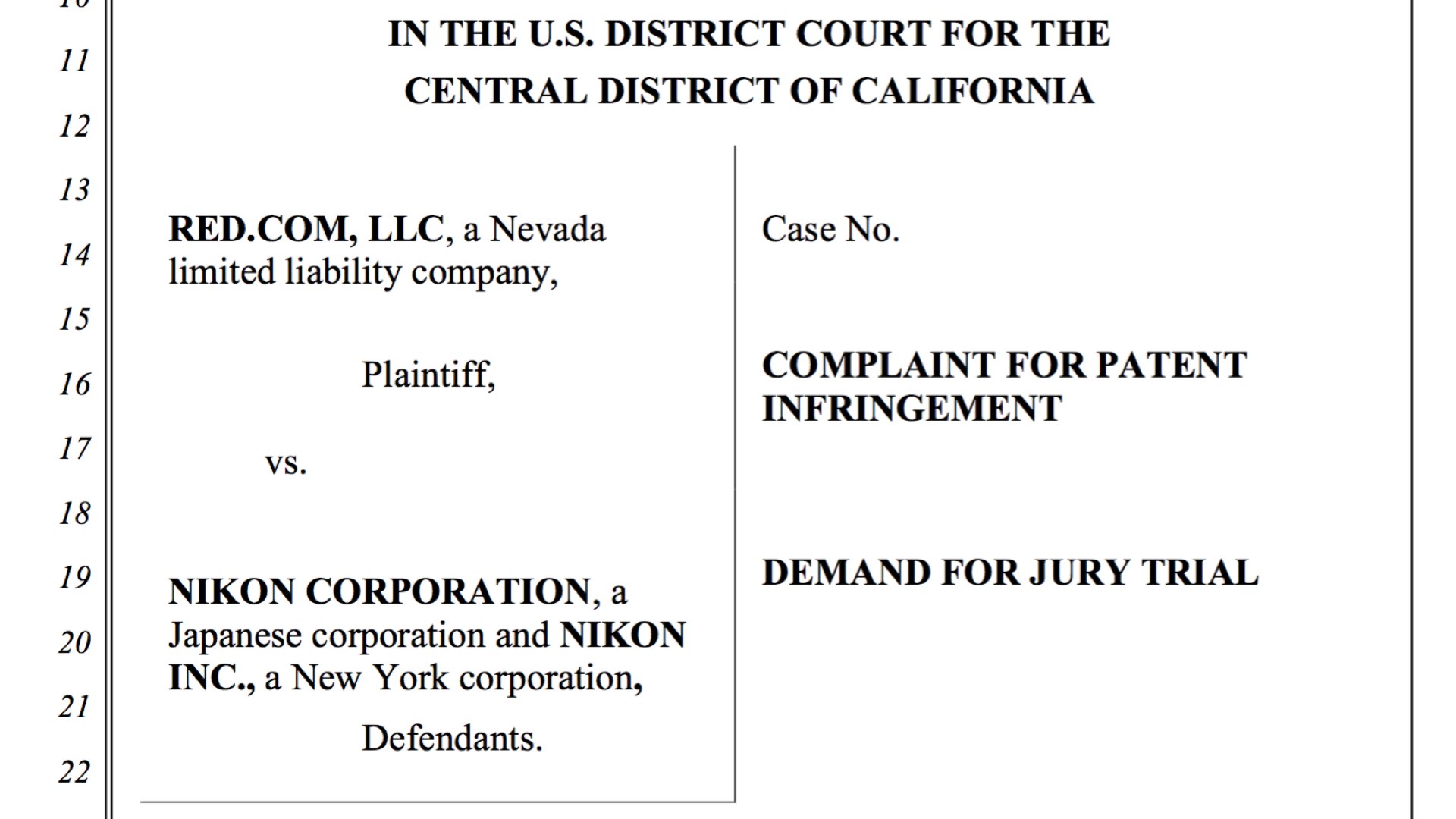
Targeting N-RAW
As opposed to Kinefinity which hasn’t released the compressed raw feature, Nikon did the opposite, and via Firmware 2.0 Nikon allows Z9 users to record ProRes RAW and N-RAW internally. During litigation, Nikon will most probably keep these features till the final decision (in the case of Kinefinity the legal process took eight months). However, in Nikon’s case, RED is targeting the N-RAW feature. Again, no ProRes RAW is mentioned in the document. But again, RED claims for infringement of not less of its 7 patents. One of them was issued lately in 2020. For such a big infringement it’s hard to see Nikon paying royalties to RED.
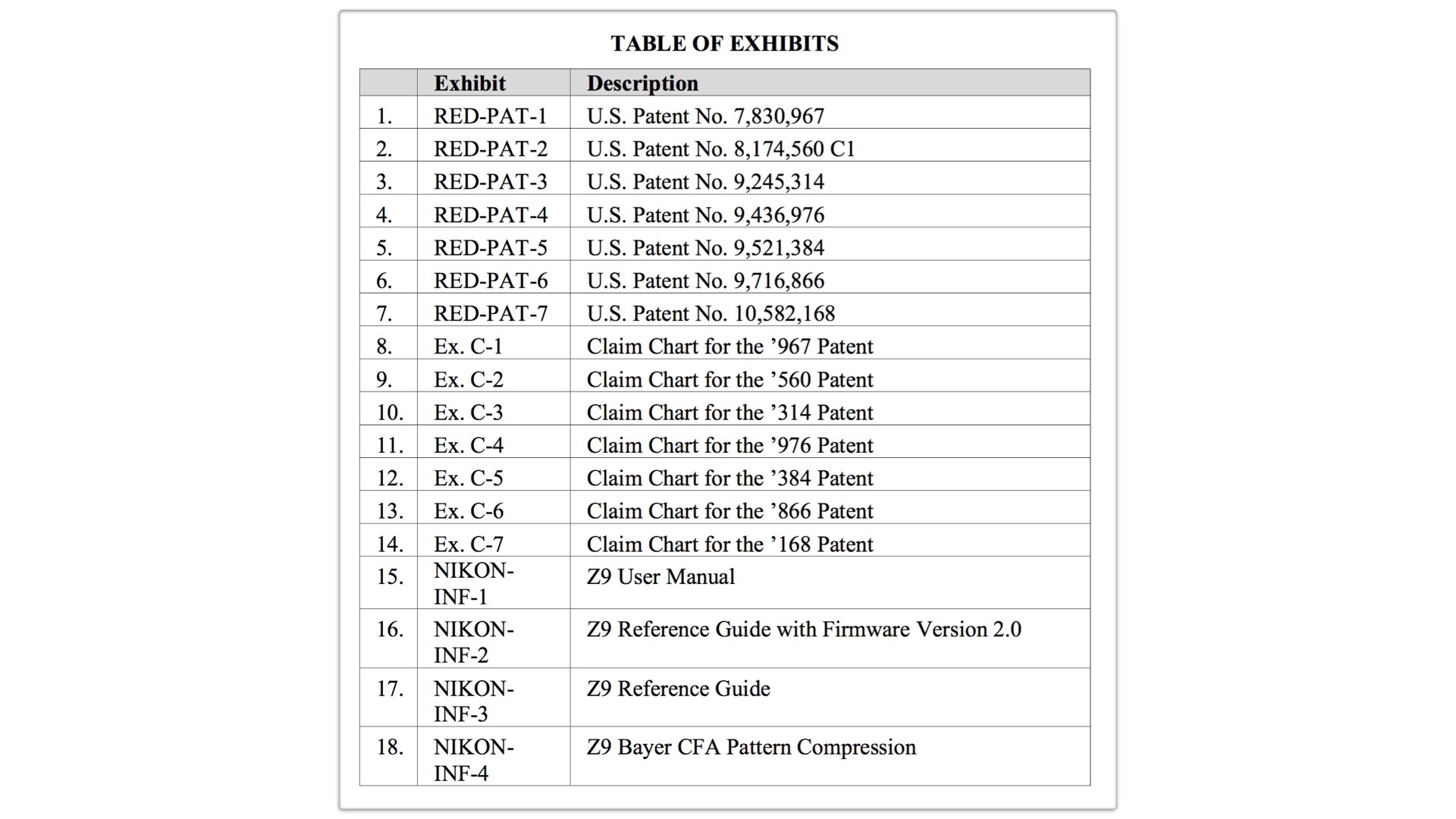
Closing thoughts
We are filmmakers, not lawyers. The small print in a complicated lawsuit can be very misleading. A lawsuit that claims infringement of 7 patents all at once is a complex legal journey. Interestingly, everyone talks about RED to prevent other camera manufacturers from shooting ProRes RAW internally, even though the definition of ProRes RAW wasn’t mentioned even once in the documents. If so, what’s the reason that Kinefinity doesn’t offer this feature eventually Furthermore, what’re the chances that Nikon will win the case? Moreover, it appears that RED has more than one patent of compressed raw in its arsenal, and the last will expired in 2035. Let’s know your thoughts about that.


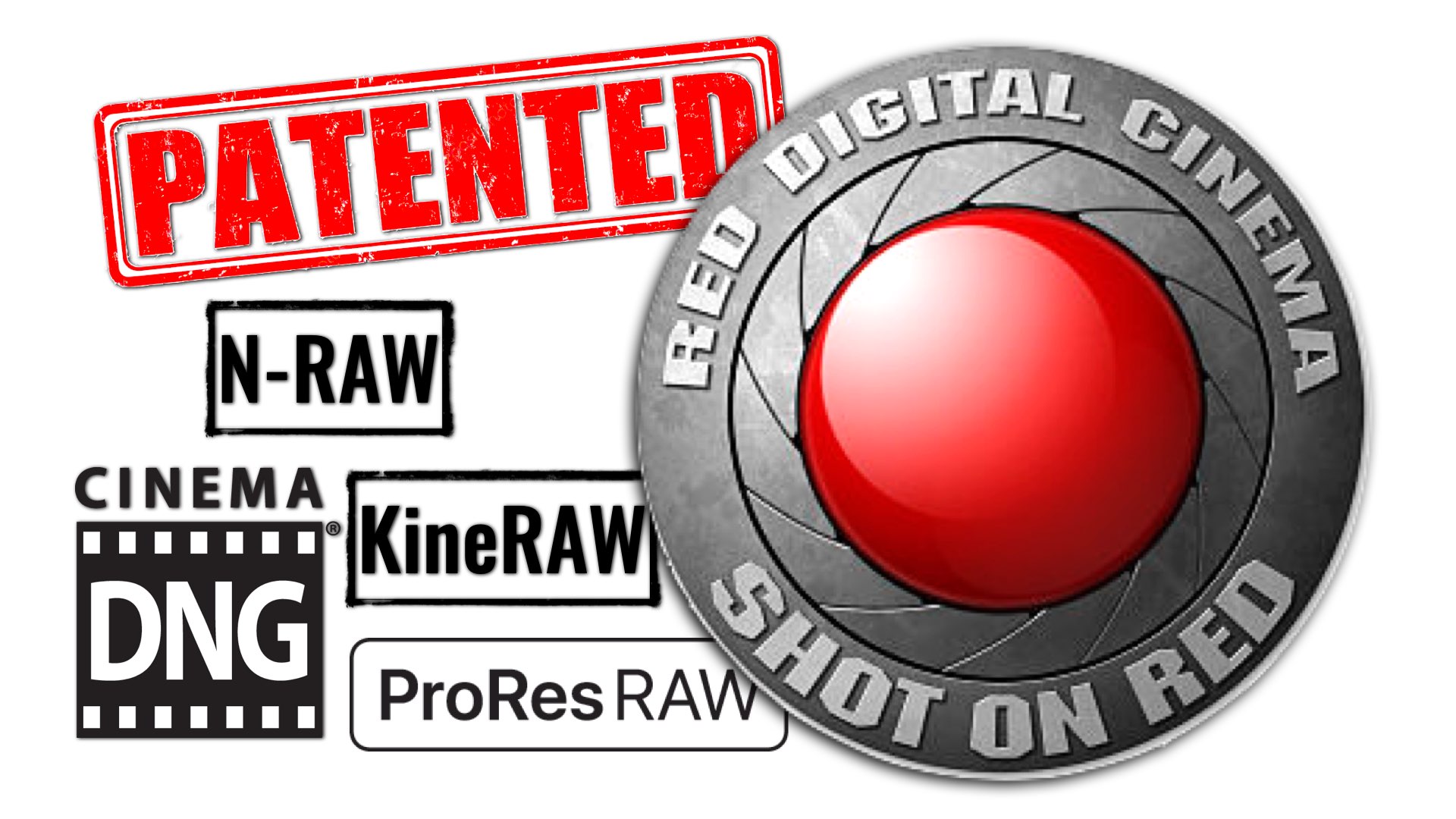

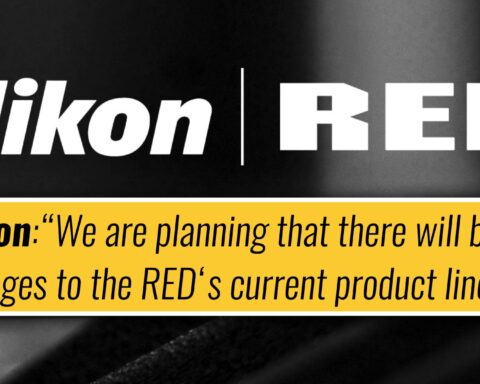
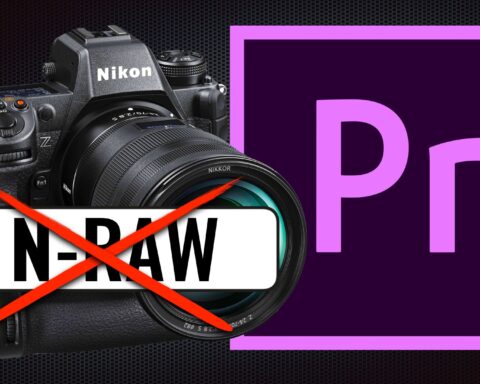
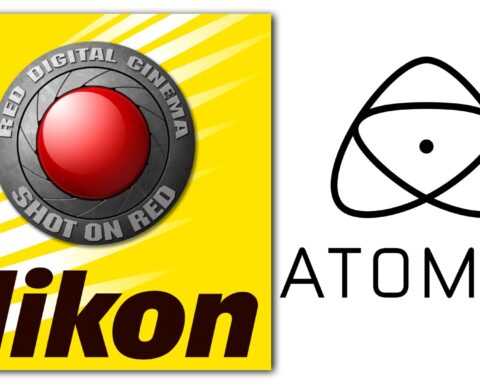
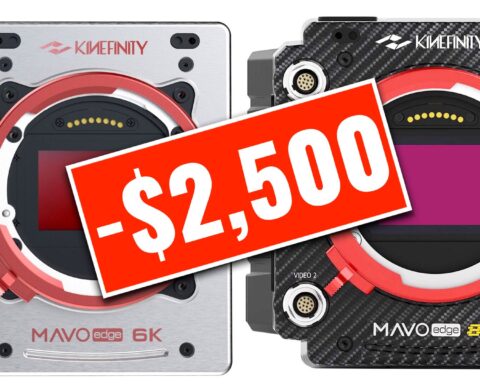


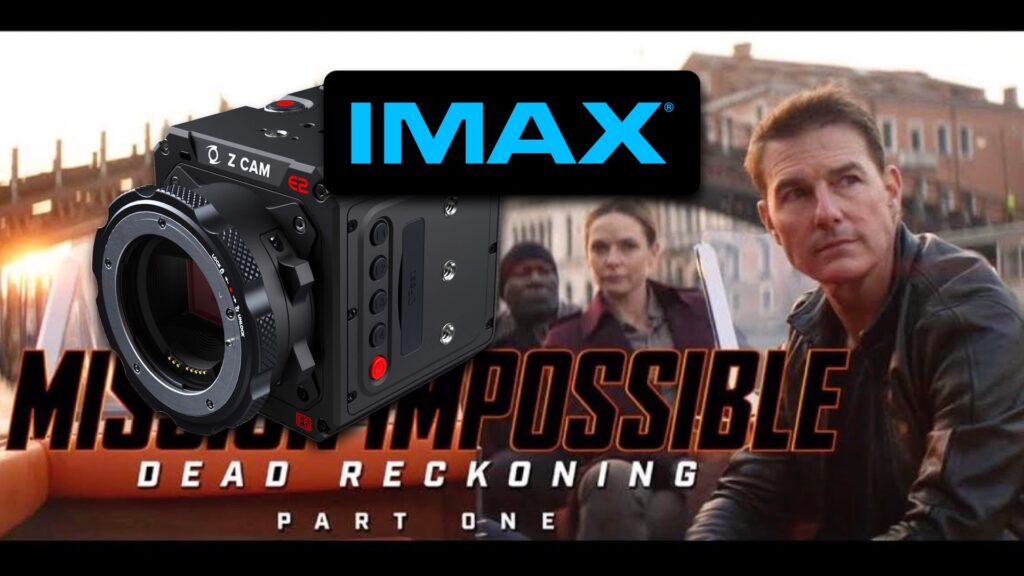
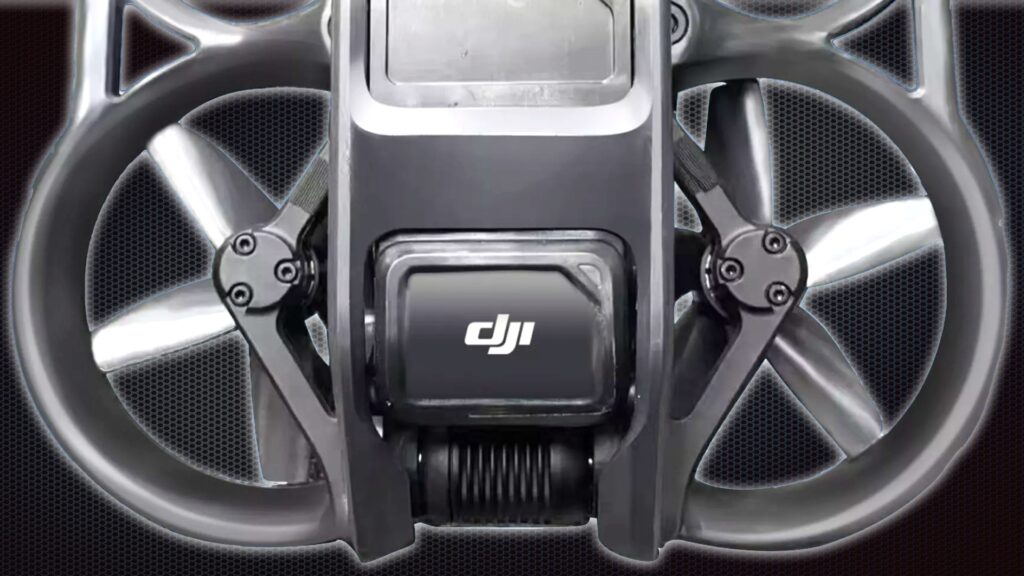






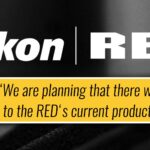
RED, the patent troll of the imaging industry.
You nailed it. However impressive their cameras are, it’s absolutely ridiculous that patents like this are granted, and even more ridiculous, that they are still being enforced the way they are.
But in all honesty, they can keep the patents if they want, if there would be a possibility to pay a license fee when you buy a camera, in order to open up internal recording. I wouldn’t mind paying a few hundred bucks to license the ability to record compressed raw internally.
Canon and Nikon for example have been using RAW before Red. Not 24 times a second but nevertheless they developed it. They never stopped anyone else to work on RAW images ( as far as I know). Why Red is doing it just shows how insecure they are. They want to keep their high prices I guess…
The RED patent(s) are about compressed RAW. It’s still possible to record 24 FPS RAW like ARRI does.
You might want to mention Cinema DNG uncompressed is not covered under RED patents and companies are free to use it without litigation. Sigma uses it on their FP and FP-L.
RED should have never been granted a Patent, compressing RAW data isn’t enough of a technological innovation to warrant a patent. Unless the compression algorithm Nikon is using is identical or nearly identical to RED’s, this kind of patent is ridiculous on the face of it. I’m sure that’s not the case here – Nikon has enough money to sink into R&D to develop their own codecs.
The patent is basically about the idea of compressing RAW image data in video specific application. The compression codec itself is licensed. What RED seems to have done is to further patent a specific way to tweak the non bayered image data before compression.
Only someone of unsound mind thinks REDCODE RAW wasn’t innovative. RED caught all the major players completely unawares. Not a single person at the time even thought affordable 4K compressed raw even possible. It was science fiction! Even some of the biggest names in filmmaking said Jannard was a scam artist taking pre-orders for vaporware. These online pundits are a joke.
Being able to patent an idea, and not a specific technical solution (such as an algorithm etc.) seems very strange, perhaps a result of bizarre American courtroom practice. Like patenting an electric car with an electric motor placed internally in the car. The whole thing unfortunately gives RED a very bad reputation despite their good products.
Nah, RED’s reputation is intact in spite of online self-appointed patent experts.
Only in the church of RED I would say.
Really sad and Red is only earning itself a title of ‘sore loser’. It’s only a matter of time for internal 12 bit pro res raw recording in Cameras.
Far from being a loser, RED is an amazing American success story, their cameras are used by some of the most successful filmmakers on the planet and films shot on RED continue to win awards for best cinematography at the world’s most prestigious film festivals.
The RED success: rebundling cheap SSDs as RED MAGS. Take the cheapest LCD and repackage it as a RED monitor. Etc. Sensor is just made by a third party paid with cash from Oakley sunglasses. Even ARRI discloses their sensor manufacturer, while RED never does give credit where credit is due.
For many years I have heard this story from collage here in Scandinavia. Only a few dedicated RED supporters have told me that RED’s patent is very fair, but often in a way that sounds like they feel it is a personal insult to question it.
Actually, you’ll find not only that the overwhelming number of comments to these types of reports are not only extremely critical of RED, but overtly hostile and few RED owners even partake in the discussion, with online pundits claiming the patent was obvious, that RED is made up of nothing but lawyers along with a fair share of insults – as if they’re taking it PERSONALLY. As stated before, at the time Graeme Nattress invented REDCODE RAW, affordable 4K compressed raw was science fiction and many skeptics, including prominent directors of photography, accused Jim Jannard of being a snake oil salesman when he took preorders for the RED ONE. Shortly thereafter, when proven wrong, they hurriedly went about scribbled nonsense about RED RAW not being 4K after all because of debayering and took to arguing that the larger sensor didn’t recreate the shallow depth of field associated with film as dof is a consequence of focal length, aperture and distance to subject and all kinds of other nonsense. Super35 was the standard for traditional motion picture film, but digital cameras at the time had relatively tiny sensors. One DP, trying to make headlines, said it cost him $100,000 to make the $17,000 RED ONE production ready. We continue to read all the same rubbish today. BTW, I can’t find a single contemporaneous article where anyone makes the outrageous claim that REDCODE was an obvious invention, and even Apple, with a war chest of a billion dollars and an army of 500 attorneys failed to prove to a judge that this was the case.
Are you a Red employee?
Wavelet compression has been around before Red used it. So it wasn’t science fiction, just not utilized. Maybe to fanboys like you.
Red One was an experimental product that was incomplete for it’s entire run. Red couldn’t wait to get away from it fast enough.
It wasn’t even that good a camera. It was decent at times, if the DP was intimately familiar with it’s limitations, and it had a ton of limitations. It wasn’t anywhere as good as the Arri D-20.
If it wasn’t for the resolution and hype, Red wouldn’t have lasted that long. That’s the only good thing Red did, it forced the competition to not drag their feet and develop faster.
Red One was supposed to have upgradable parts. It just had one sensor update, and then it become a doorstop.
Red sells overpriced accelerator cards, accessories and media. Their whole shtick is to hype and sell an expensive product, then rerelease the same product cheaper months later and undermine the customers who paid for the initial release. Most of those customers haven’t made back their investment yet.
Jannard is a snake oil salesman. That’s why he’s no longer visible. He’s had to hide away because of his infantile antics. He’s only good with cameras and sunglasses. His phone was a waste of money and totally trashed by tech reviewers. Bet you have two being the fanboy you are.
There’s more to a camera than a $17k body, by the time you outfit it with the gear that’s required to meet the demands of a production, $100k isn’t unreasonable. Especially when it comes to doing post production at at time when compute power and hard drive costs were very high.
You look like a nice old Boomer. Just go take a nap and leave the conversation to us professionals.
Wow, you’re nothing but a sad troll and liar. RED completely changed the film industry. The rest of your writing is just trash you swept up from the gutter. You sad loser.
The Apple vs RED litigation seems to have been just a probe into the x-licensing deal. Hopefully Nikon will put more effort into the litigation.
Wow. That conversation devolved to immaturity and name calling. Not professional on any level.
There is a patent, like any other patent. The patent was granted so take it up with the patent office if you disagree. Don’t take it up with RED, Apple, Nikon or any other company.
RED has the right to defend their patent like any other company. Nikon, Apple, Blackmagic, Canon, and any other company would defend and does defend their property.
The question is, why are big companies infringing on RED’s patent? Because they don’t want to pay royalties. In Apple’s case, for example, it is pure hypocrisy. Apple will sue if you sneeze on their patent.
So, where are we. RED has a hold on a fantastic patent until it expires. And until that time, all other companies have to rely on making a better camera. Like Arri, for example. They make a better camera and almost twice the cost of RED. That is RED’s only competitor right now and they want to keep it that way.
When the patent expires is when we will really see who has the 2nd best camera. Until that time, the other companies can do exactly what Arri did. Make a better camera.
Cineform and Silicon Imaging made a 1920 raw camera in 2006. At NAB that year Arri had a D20/D21 (can’t remeber) attached to a refrigerator sized recorder. Red had a plastic gutless model in a glass case used for hype but had nothing to demo at the shootout held that year between digital cinema contenders. If going from 2k to 4k or 4k to 8k deserves patent rights maybe Red have a case. I would say no. The first to market with a portable raw digital cinema camera was the aforementioned Si2k which was used to shoot Slumdog Millionaire in 2008 which got the Oscar for cinematography that year. It was a Raw Cineform camera. But that was not the first feature shot on the system. 5 days after NAB in 2006 the first raw cineform film began filming in South Africa. If that makes RED first it’s at 4k and a year or two later. Cineforms codec was superior and apparently considered by Red at the time. Redcode Raw came after. David Newman and the team at Cineform and Ari Presler, Jason Rodriguez and the team at Silicon imaging achieved a great deal ahead of everyone but maybe they needed bigger jaws and more aggressive lawyers to be recognized. Those who followed their developments know who they are and we know what they achieved. For Red to be suing everyone as if they were there first is kinda stinky.
Slumdog Millionaire was shot primarily on 35mm film.
Its weird – why only patent above 4K?
And the idea of compressing data when it is too big for your storage device is not new.
This is just a specific use case of an already extant technology case – so yes it is an obvious thing to do.
This is analogous to putting a patent on using a hose with water or other fire extinguishing media to fight fires.